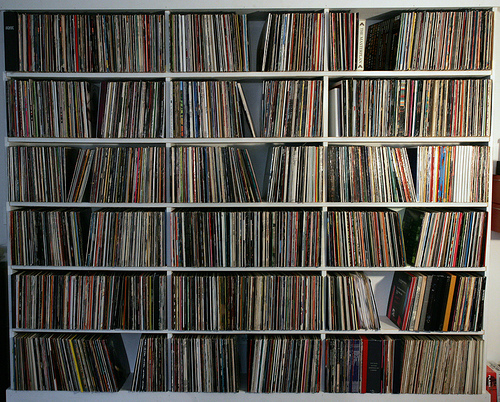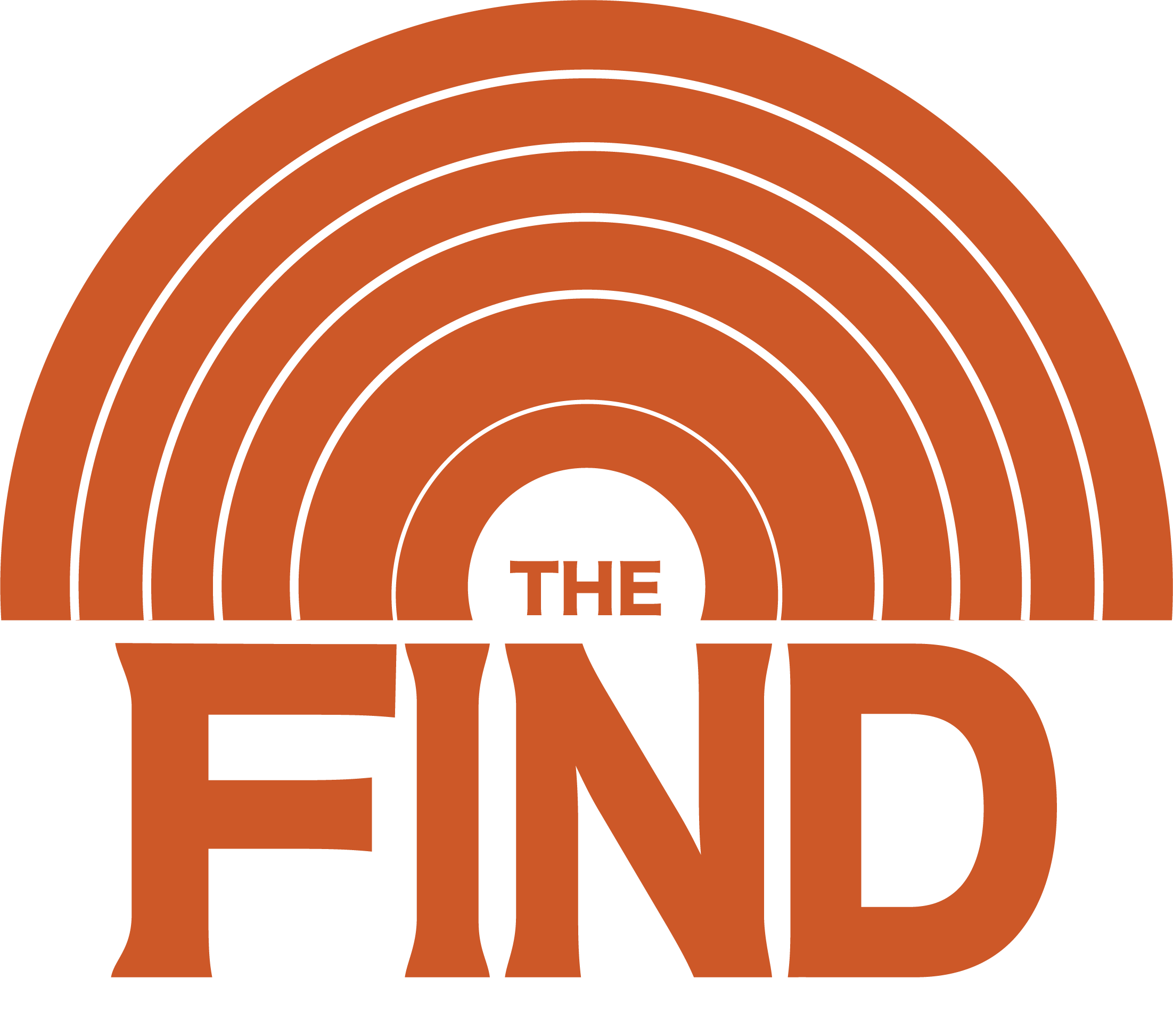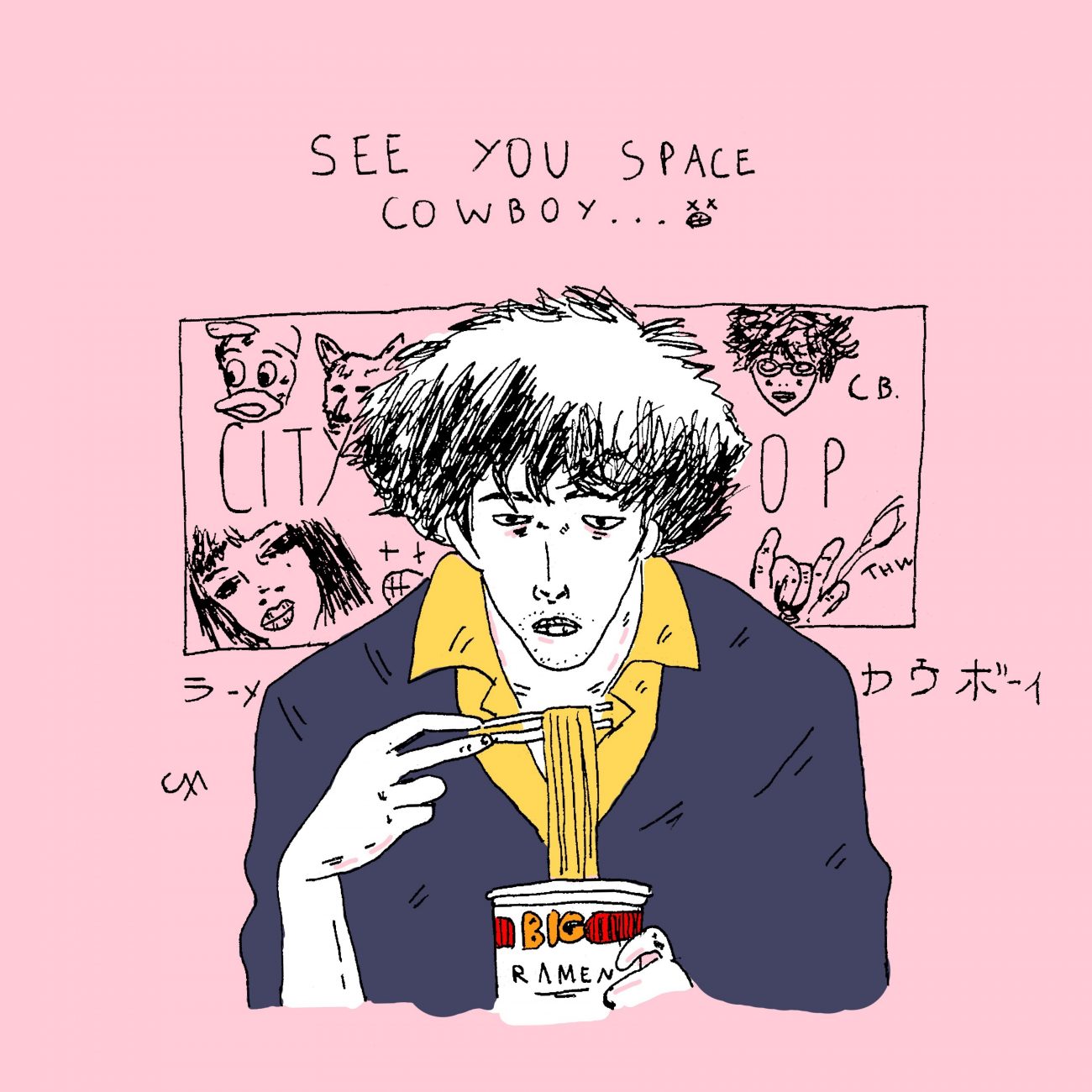Sounds in Super Stereo: An Introduction To Library Music

For a producer, rifling through record bins can be a disappointing experience, for every speck of gold there’s piles and piles of useless waste, inevitably leading to crushed hopes and emptied wallets. But every now and then you stumble upon what’s called a Library Record, and it goes straight to the buy pile. Why?
For a producer, rifling through record bins can be a disappointing experience, for every speck of gold there’s piles and piles of useless waste, inevitably leading to crushed hopes and emptied wallets. But every now and then you stumble upon what’s called a Library Record, and it goes straight to the buy pile. Why? Because they’re some of the funkiest, moogiest, coolest retro beats out there, and still something of an insider-secret among record collectors.
For the DJs & producers out there, this type of record should be well familiar. For the more casual record collectors among you, allow me a moment to explain why these plain-looking records are such a big part of sampling culture.
The Library Record (also known as Stock or Production music), is a record created NOT for release to the public, rather is specifically tailored for production companies, tv studios, and radio stations. These recordings are made at the highest possible quality of the period, by professional studio musicians, and typically feature instrumental music of a high compositional standard. Whether you know it or not, you’ve heard this kind of music before, in television, film, cartoons, news programs, lifestyle shows, radio, 70’s cop shows, Monty Python movies, you name it. Similarly to how stock-footage is sold to TV stations and incredibly cheap to use, Library Music is designed to be simple to licence. I won’t get into the legalese, but due to an arrangement with the composers and writers on each record (usually a work-for-hire agreement), they’re some of the easiest samples to clear.
To help with your hunting, their (usually) plain covers don’t give much away, but the record titles are always picked appropriately, so its easy to find the kind of groove you’re looking for.
De Wolfe Music pioneered the Library Record in 1927 with flammable nitrate film sound-on-film recordings, where they had previously sold sheet music for performance to accompany silent films. As they moved to Vinyl, they were joined by the larger record companies, as well as small and highly creative companies like L’Illustration Musicale, Bruton Music, Themes International, CAM, Crea Sound, KPM, Kuckuck, Coloursound Library, and Omicron, many of which are still alive today in a licencing capacity. Many of these original library music companies still produce new music. In recent years, these records have become collectors items in their own right, often affordable, but sometimes garnering hefty prices on eBay due to the low numbers of copies in circulation. Increasingly, re-issues on record and cd are now becoming a popular and affordable way to hear this music, and music library websites like DeWolfe will offer free streaming of their libraries.
The records, particularly those from the 60’s, 70’s and early 80’s are all gems. To help with your hunting, their (usually) plain covers don’t give much away, but the record titles are always picked appropriately, so its easy to find the kind of groove you’re looking for.

A couple of names to get you started: Brian Bennett, Sam Spence, Keith Mansfield, Alan Tew, Nino Nardini, Alan Hawkshaw, John Hawksworth & John Cameron.
To give you a taste, The Find is pleased to present a short Library Record mix by yours truly. Enjoy, and happy digging!
Further mixes from the author available here:
http://www.mixcloud.com/Purgeaudit/
Original tracks (many of which use Library samples) available here:
www.purgeaudit.com
http://soundcloud.com/purge-audit



